Diaper Report
It is six years now since the advent – and normalization of – sickness psychosis (also known as weaponized hypochondria) and it shows a remarkable persistence.
Because of course it has been normalized.
More than that, actually. It continues to be affirmed as a reasonable rather than aberrant behavior.
This business, that is, of seeing but pretending not to notice people walking around with a surgical mask over their porthole.
More finely, of normal (in the head) people seeing such people – interacting with them, even – and pretending they’re not seeing something indicative of serious mental illness.
Seeing a person wearing a “mask” and pretending not to see it is not unlike seeing a person who is in the process of wetting their pants while talking to you and pretending not to see it.
We saw three such “maskers” the other day at the supermarket. One was working behind the counter, where food is handled.
They are becoming a more common sight – probably because they’ve been told about the Super Flu that’s flitting about.
It’s no longer just the flu, of course. Just as it’s no longer just raining – or snowing. Or winter now – and then summer. It’s a bomb cyclone or some other fearful-sounding term, engineered to arouse panic.
Keeping the masses in a state of perpetual panic being the ideal state – from the point of those engineering these now-endless panics.
One follows the next like the night follows the day such that the masses never get a breather from the panic; such a breather might result in them calming down and using their heads again.
H.L. Mencken wrote about this a century ago. Unfortunately, probably not one in a hundred Americans knows who H.L. Mencken was.
Hospitals – those dens of science – are re-imposing “mask” requirements on visitors. It is a metric of the metastasization of the engineered sickness psychosis that has afflicted this country for six years now. Medical professionals (sic) who presumably have some understanding of how viruses are transmitted and who by now have no excuse for continuing to believe that people who aren’t sick can make others sick (the “asymptomatic spreader” idiocy) when it comes to viral bugs because people who aren’t contagious don’t cough spittle or sniffle.
They therefore don’t emit viral particles.
And even if they did, a “mask” doesn’t (for Christ’s sake) “stop the spread” of particles so small they sneeze right through the porous to viral-sized-particles “mask.”
Besides which, it is insane to spend your life in morbid dread of catching a cold. It is part of normal life to get sick occasionally.
One does not need to spend several years at medical school to understand these facts. Yet there are still apparently lots of people who did spend years at medical school who either do not understand the facts or play along with the lies. This latter is almost certainly the thing going on. It is understandable why it is going on.
Most doctors are just employees – like most of the rest of us – and they must do what their employer says, if they wish to remain employed.
In the case of most doctors, it is mostly the big hospital/health care chains and the insurance cartels that are the employer and when they say “jump” (or “mask” up) the doctors say how high?
And that wearing is caring.
Doesn’t this instill in you great confidence in the independent judgment of your doctor? What else are they telling people they need to do that they (the doctors) have been told they’d better tell people they need to do?
It brings to mind a rhetorical question voters were asked once about Richard Nixon: Would you buy a used car from this man? Well, would you buy into the pills (or surgery) your doctor is trying to sell you? The same guy who says you’ve got to wear a “mask” to be allowed to sit in his waiting room?
Integrity, once sold, is not easily re-purchased.
Just as sanity, once lost, is not easily regained.
We may soon see just how many people have not yet recovered. Not just their sanity. Their balls.
The symptoms are passivity and compliance when they are told they must – once again – “mask up” to be allowed within.
How many won’t believe the lies but will go along with them – again – to avoid a confrontation or some inconvenience? I need to see the doctor. Then maybe it will be I need to go to the store.
How many will defy the social pressure to be compliant and refuse to play along, no matter the inconvenience?
Everything depends on such people.
Tyler Durden Sun, 01/04/2026 - 17:30






 Nikkei/Google Earth
Nikkei/Google Earth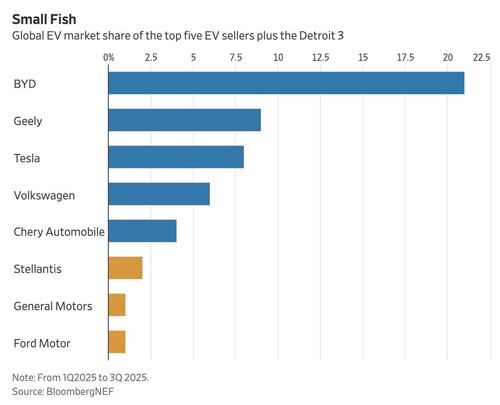
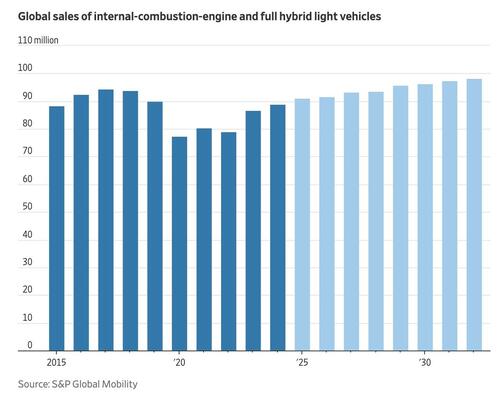

 FBI Deputy Director Dan Bongino (C), accompanied by U.S. Attorney for the District of Columbia Jeanine Pirro (L) and Bureau of Alcohol, Tobacco, Firearms and Explosives (ATF) Washington Field Office Special Agent in Charge Anthony Spotswood (R), speaks during a news conference on an arrest of a suspect in the January 6th pipe bombing case at the Department of Justice in Washington, on Dec. 4, 2025. Andrew Harnik /Getty Images
FBI Deputy Director Dan Bongino (C), accompanied by U.S. Attorney for the District of Columbia Jeanine Pirro (L) and Bureau of Alcohol, Tobacco, Firearms and Explosives (ATF) Washington Field Office Special Agent in Charge Anthony Spotswood (R), speaks during a news conference on an arrest of a suspect in the January 6th pipe bombing case at the Department of Justice in Washington, on Dec. 4, 2025. Andrew Harnik /Getty Images
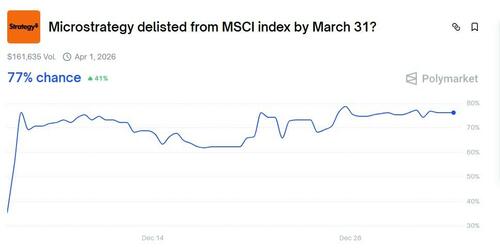


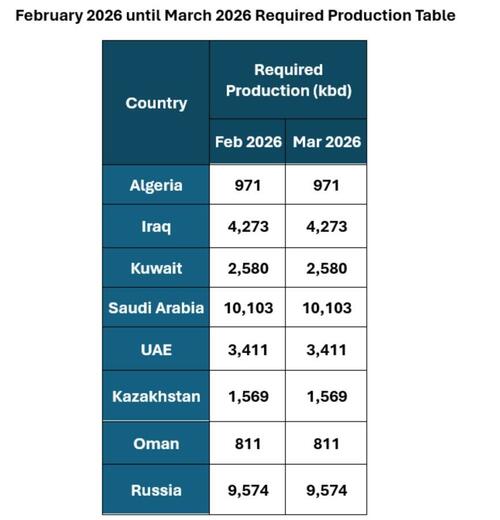

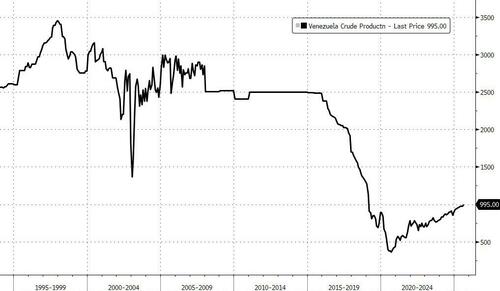

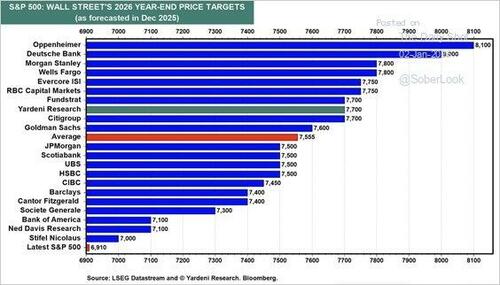
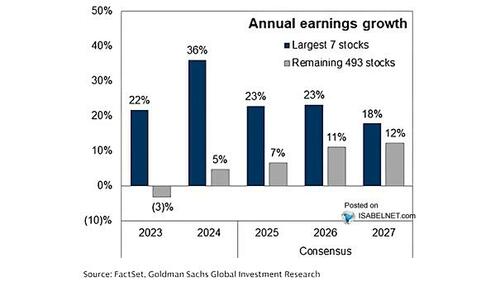
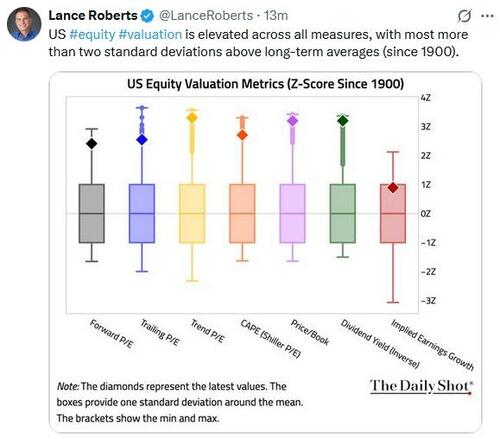
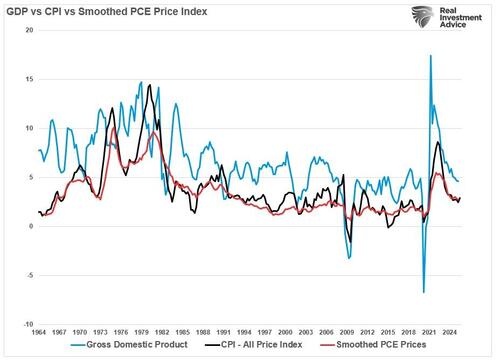
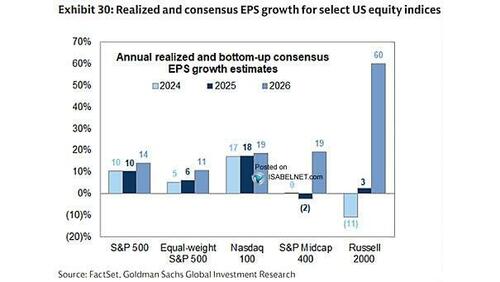
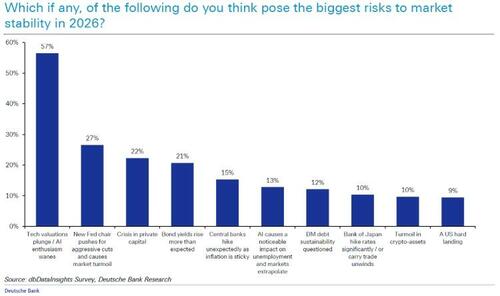



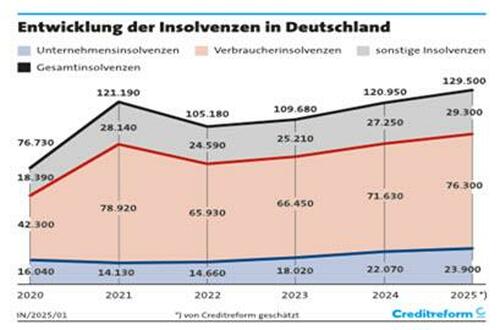
Recent comments